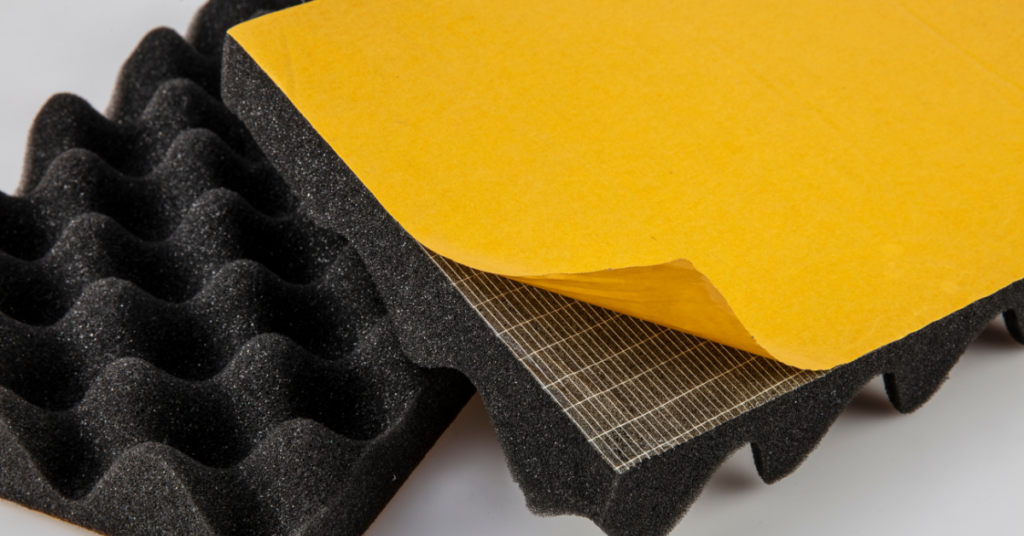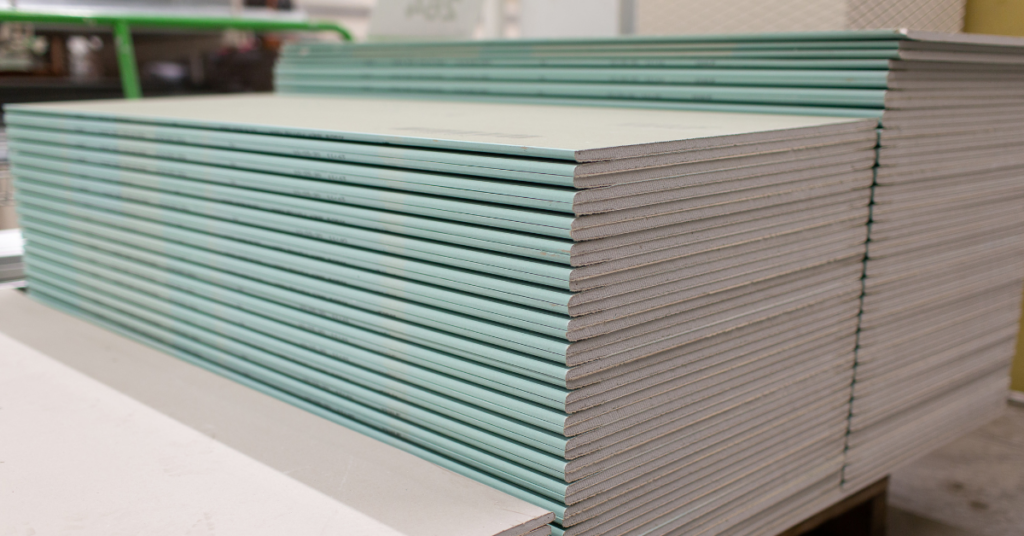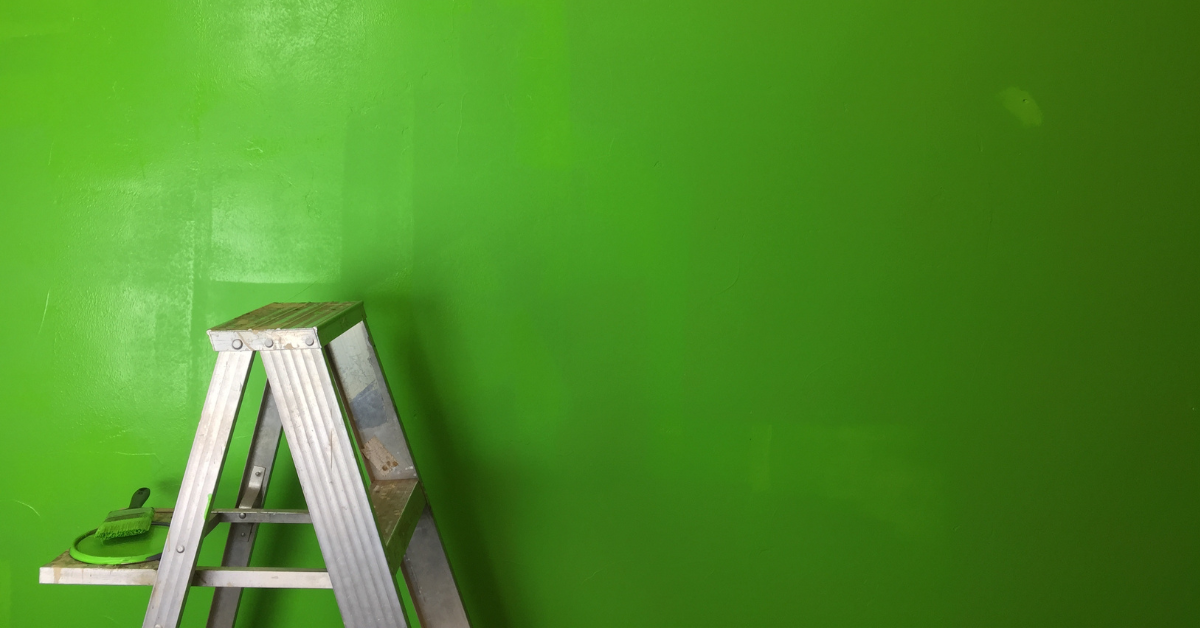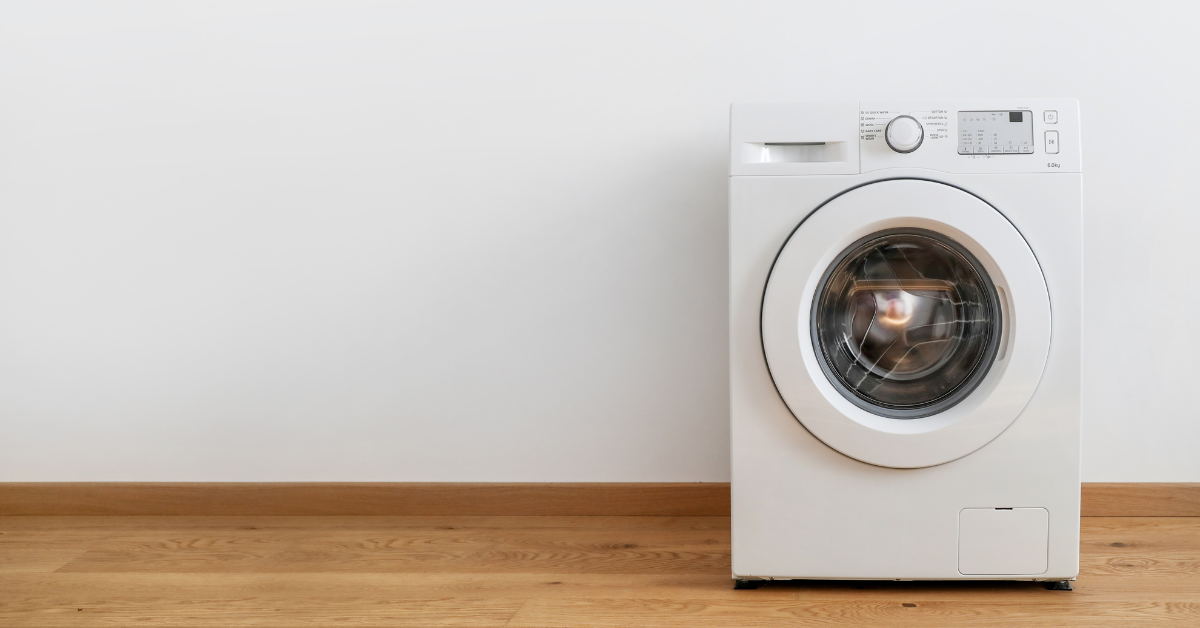A survey shows that 59 percent of Americans are annoyed at least a few times a month by their neighbors. That’s why we’ve written an article on how to soundproof a wall from noisy neighbors.
Soundproofing your walls can go a long way to cutting out disturbances from neighboring residents; whether you live in an apartment or landed property.
This guide will take you through the principles of wall soundproofing, and offer you practical advice for improving the noise reduction qualities of your walls.
We’ll also guide you on the cheapest and most effective methods for soundproofing walls, and answer some wall FAQs on how to soundproof a wall from noisy neighbors.
Skip to:
- Soundproofing a wall from noisy neighbors: Key objectives
- Adding mass
- Decoupling
- The cheapest way
- The most effective way
- Soundproofing a wall: FAQs
Soundproofing a wall from noisy neighbors: Key objectives
The two main principles of soundproofing a home are a) to add mass and b) to fill gaps.
Assuming your home isn’t in a state of disrepair, there are unlikely to be major holes or gaps in your wall that are letting noise through from your neighbor’s side.
So, in this guide we will focus on adding mass to your walls and also decoupling.
What is adding mass? Adding mass to your walls with soundproofing materials such as acoustic panels, foam or mass loaded vinyl (MLV) enables your walls to absorb or block sound waves more effectively, reducing the noise coming from your neighbors and improving the acoustics on your side of the wall.
What is decoupling? Decoupling involves making a gap between elements in your wall. Detaching the different parts of your wall means you reduce vibration transmission and noise traveling through to your property.
Adding mass
Add another drywall layer
There’s no escaping it – a serious soundproofing job on your wall demands some work.
Adding another layer of drywall (that is, the large sheeting that sits underneath primer and wallpaper on many walls), can have a dampening effect on sound from your neighbor’s place.
You can even buy special soundproofing drywall that is as much as eight times better at dissipating sound waves.
Adding another layer of drywall is usually a job for a professional builder. However, you could give it a go yourself. Here is a video on how to install drywall
Pros of adding a drywall layer – noise reduction, durability, fire resistance
Cons of adding a drywall layer – takes up space, usually requires building work
The beauty of adding a layer of drywall is that you can install some soundproofing material behind it (on top of the existing drywall). This forms a really effective noise reduction barrier to keep out the sounds of your neighbors.
We’ll move on to soundproofing material next.
Using soundproofing material to add mass to a wall
From wool cavity insulation to fiberglass panels and MLV; there are many soundproofing materials that do the job of absorbing or blocking sound. There are also composite products that perform both roles (absorbing and blocking).
Available soundproofing material includes sound blockers such as MLV to sound absorbers like acoustic foam. Some composite products include a combination of blocking and absorbing properties.
MLV is very effective at blocking sound waves and reducing the transmission of sound from next door. Its excellent thickness-to-mass ratio is very good for soundproofing. However, you might want to consider putting MLV behind a new layer of drywall. It usually only comes in black, meaning it can be quite unsightly. We recommend this MLV on Amazon
Acoustic panels made from materials such as fiberglass are good sound absorbers and offer the added advantage of improving acoustics on your side of the wall. Here are some sound dampening acoustic panels

After a quick but not perfect fix? Soundproofing blankets (usually made from fiberglass) are another option. Hung or Velcroed to the wall, they can absorb noise from next door. Here’s a good soundproofing blanket we spotted on Amazon.
It’s a bigger job, but soundproofing material always does its job better when sandwiched within a wall. If you are actioning our suggestion of adding another layer of drywall, don’t miss the opportunity to add soundproofing material such as MLV behind the new layer. This can take the sound transmission class (STC) rating of your wall up over 40, meaning it can block out 40 dB of noise and make a real difference.
If you are completely reconstructing your wall, you can also add MLV or foam insulation into the cavities or attach it to the frame. This video demonstrates installing MLV on a wall frame.
Soundproof wallpaper
It’s easy and doesn’t require you to make a sacrifice on style.
Soundproof wallpaper won’t significantly block the noise coming through from your neighbors. That’s very important to note. But it can take the edge off the ‘neighborly noise’, help to control the acoustics in your room, and be combined with other soundproofing solutions to good effect.
This type of wallpaper is made with sound-absorbing material such as foam or latex. As with standard wallpaper, soundproof wallpaper is just pasted and stuck to your wall.
Adding furniture to block sound
Furniture and fittings can act as sound absorbers. Consider installing shelves or bookcases next to the wall in order to help dissipate soundwaves.
This method can be a good option if you just want to take the edge off the noise coming from the next room.
Decoupling
Decoupling creates a void within your wall. By making a gap between the wall elements, vibration transmission is reduced and the noise that travels through to your property is decreased.
We should make it clear from the outset: Decoupling your wall is a complex process that should be done by experienced professionals. It will involve separating the framing in your walls, and potentially your ceiling. For this reason, don’t attempt to decouple your wall yourself if you don’t have the necessary experience.
Decoupling may seem like a drastic option because it involves tearing down part of your wall. And there is no doubt that this soundproofing method requires investment. But if you are looking for the most effective way of cutting out the noise, it could be worth looking into.
How does decoupling work?
Sound requires solid pathways to travel along. It does this in the form of a vibration. In the case of a wall, these pathways are usually two pieces of drywall connected by a single stud.
Drywall is a large rigid sheet of finishing material used in the construction of walls and ceilings. It typically sits behind wallpaper, facing the interior framing of a wall.

Decoupling prevents vibration from traveling through your wall by separating the interlocking layers within your wall.
After a void has been created by detaching two connecting surfaces, absorptive material can be placed in the gap. Mineral wool is a substance that does the job well, offering a fiber matrix that absorbs sound waves while being non-combustible (it can resist temperatures upwards of 1,000°C!).
Here’s some good value mineral wool insulation board we found on Amazon
There are different ways of decoupling your wall. Including; creating a double stud wall, using a hat channel and resilient clips, and setting up a staggered stud. Ask a construction professional for advice on which decoupling method is most suitable for your property.
The cheapest way
Now we’ll drill down into some important questions on wall soundproofing. The first of these is the cheapest way to do it.
The type of disturbances you are trying to block out will influence which soundproofing methods you use.
– If you are trying to reduce airborne noise such as voices and sounds from appliances, fitting some acoustic panels made from a material such as fiberglass is a good value good option.
– If you are trying to eliminate airborne noise and cut out impact noise, such as banging or thudding by your neighbors, MLV sheets do a superb job of blocking sound transmission.
If the noise disturbance from your neighbors is coming through to a room that is in need of some shelves or a bookcase, locating furniture next to your wall can be a simple way to reduce noise without breaking the bank.
The most effective way
If money and time are no obstacles, decoupling or adding another layer of drywall are the most effective methods of soundproofing a wall.
Decoupling usually involves tearing down your existing wall. Adding another layer of drywall is a less demanding job that can be done in a matter of a few hours or days. You can find fast-setting drywall with compounds that harden within a day. But you may want to choose a soundproofing drywall such as these QuietRock sound dampening panels.
It can take 2-3 days of building work and a significant financial investment, but decoupling or adding an extra layer of drywall can make a huge difference when it comes to blocking out noise from your neighbors. However, there are certainly cheaper and quicker methods.
Soundproofing a wall: FAQs
Let’s conclude with some frequently asked questions on how to soundproof a wall from noisy neighbors:
Is it possible to soundproof a wall?
Yes, it is possible to soundproof a wall. We know that by employing the principles of a) adding mass and b) filling gaps – and also using methods such as decoupling – it is possible to reduce disturbances from your neighbors.
How much does soundproofing a wall cost?
The cost of soundproofing a wall will depend on the methods you use. Secondhand furniture, acoustic panels, or MLV sheeting may only cost $100-200. If you are considering decoupling or adding an extra layer of drywall, you could be looking at upwards of $1,000.
What’s the difference between sound absorption and soundproofing?
While sound absorption using methods such as panels can reduce echo and reverberation within a room, soundproofing can reduce the sound entering or leaving your room.
This is an important distinction – soundproofing actually stops sound transmission in or out of your room.
Can I soundproof my wall myself?
If you are a competent DIY-er, there is nothing to stop you from using some soundproofing methods yourself, such as installing panels, MLV sheeting, and soundproofing wallpaper. However, bigger jobs such as decoupling or adding a layer of drywall are best done by a professional.
What shall I do about radiators?
Some soundproofing methods – such as installing sheeting or wallpapering – won’t require moving your radiators.
If you are decoupling or adding a layer of drywall, it is not a huge job for professionals to move your radiator and pipes out of the way, before reinstalling them later. Note – the new wall should have appropriate structural members where the radiator brackets will be placed in order to hold the radiators to the wall.






